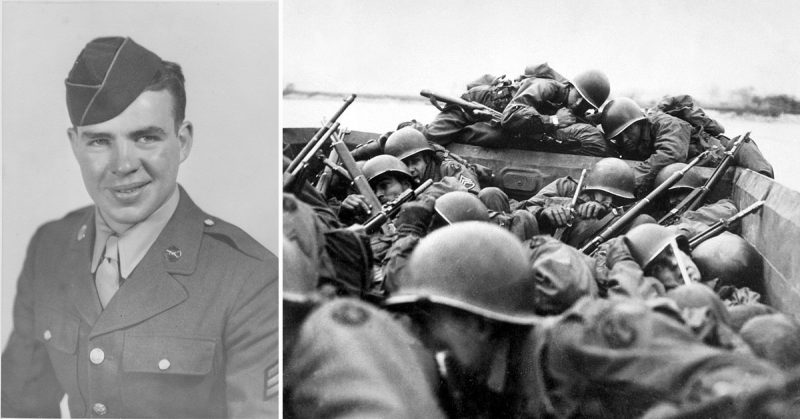For more than seventy years the final resting place of 22-year-old John B. “Jack” Cummings was unknown. All the military had of him after the war was a helmet with a bullet hole and a small piece of skull tissue found in an empty foxhole.
Cummings had been one of a staggering 72,797 Americans unaccounted for following the end of World War II. Locating these men is a massive task, one delegated to the Arlington-based Defense POW/MIA Accounting Agency (DPAA).
Military records had Cummings listed as Missing in Action (MIA) on January 4, 1945, but this was not entirely accurate. On December 31, 1944, the Germans launched Operation Nordwind against the U.S. Seventh Army across the Rhine River. The American troops were understrength and a little green, and before the final victory by the U.S. forces, many young soldiers has lost their lives.
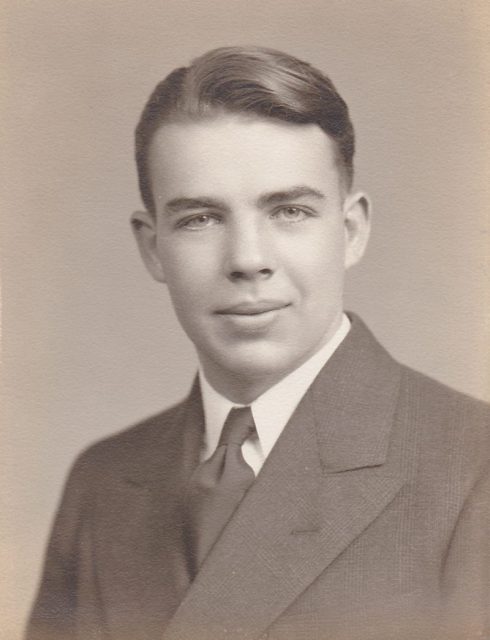
Cummings was part of Company A of the 276th Regiment. They had arrived on the banks of the Rhine on December 29 and strung out in foxholes along the river with an order to keep an eye on the Germans on the other side of the river. They were also ordered to get rid of any letters or unit patches in order to limit intelligence for the Germans should they be killed or captured.
On New Year’s Eve, Cummings was alone in his foxhole about ten yards from the water’s edge, and armed with his Browning automatic rifle. Two of his regiment, on patrol, passed him and afterward reported that he had been okay at the time. However, a little later they had heard gunfire, and on their return, Cummings was gone.
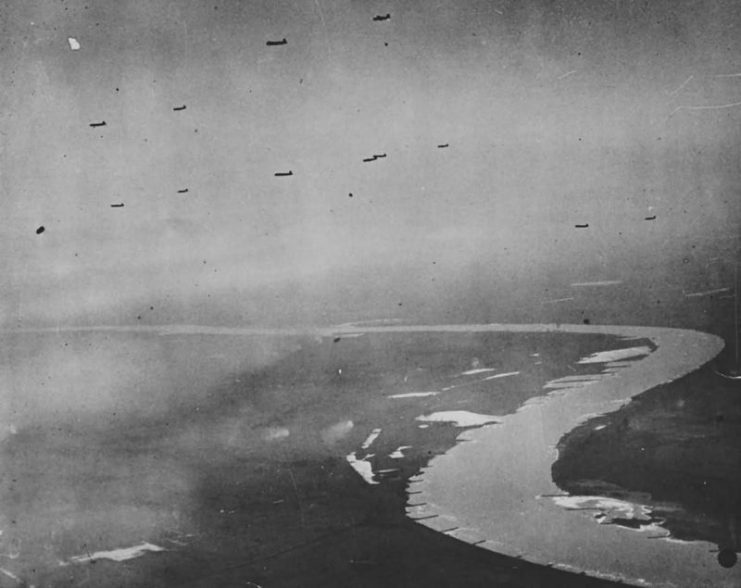
In an Army report, it was revealed that his weapons and equipment were also missing. A path had been made from the foxhole which indicated that his body had been dragged to the river. The assumption was made that the Germans had dumped the body in the Rhine and that “further search for the remains of this soldier would be futile.”
Cummings’ parents received a telegram on January 23 confirming that their son was officially listed as Missing in Action. After the war his mother wrote to the Army for news and to offer a reward for information leading to the recovery of her son, but there was no help forthcoming in 1947.
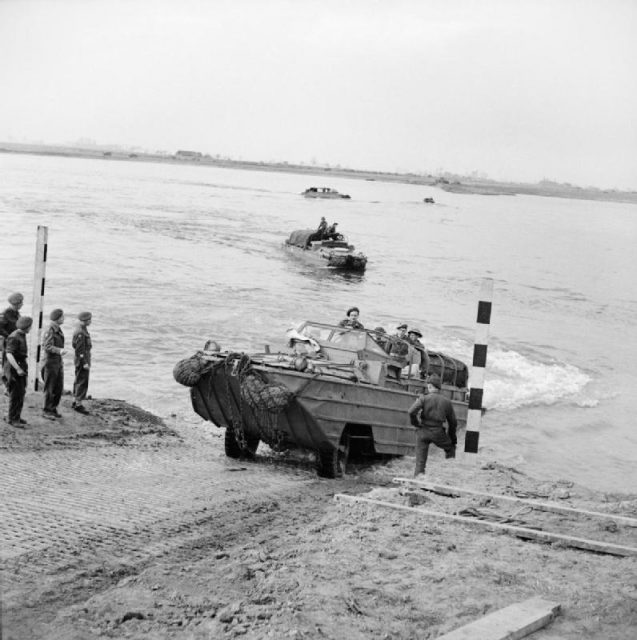
However, just the year before a soldier had been out scouting for the American Graves Registration Command and had learned from the Mayor of Iffezheim that an American GI was buried just thirty yards from the riverbank, behind a German pillbox. There had also been a local soldier available for interview who confirmed that he had helped bury a dead American on New Year’s Eve 1944.
The body was exhumed on May 10, 1946, but it had no identifying information. It was re-designated X-6454 and re-buried with thousands of other U.S. soldiers in the Lorraine American cemetery in Saint-Avold, France.
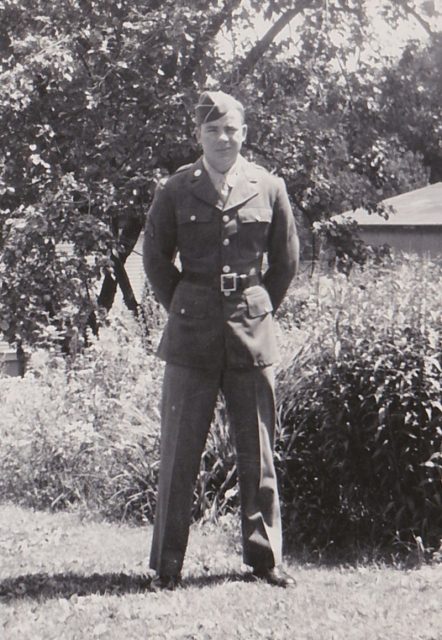
After the war, Cummings’ sister married and had twelve children. One of them, Mark Hartzheim, grew curious about what had happened to “Uncle Jack.” He began to look into the fate of the young GI and in 2014 went to a meeting hosted in Minneapolis by the U.S. government for families of servicemen who remained MIA.
While he figured that a positive outcome was unlikely, the case was referred to historian Ian Spurgeon, who confirmed that the files had not been opened for decades. Spurgeon checked through the databases and discovered the correlation between the site of the disappearance and the lone grave site right across the river.

Read another story from us: The Capture Of The Bridge Over The Rhine At Remagen, 7 March 1945
“The hair on the back of my neck stood up,” said Spurgeon. Eventually, the remains were exhumed, and the body shipped to a DPAA lab for analysis. DNA was compared with DNA from Cummings’ living relatives, and anthropologists studied the bones. The historical and scientific evidence was definitive, and in July it was confirmed by Spurgeon that “the remains…[were] John Cummings.”
On October 13, 2018 John B. “Jack” Cummings was finally laid to rest beside his parents in the cemetery in Hazelhurst, Wisconsin.
